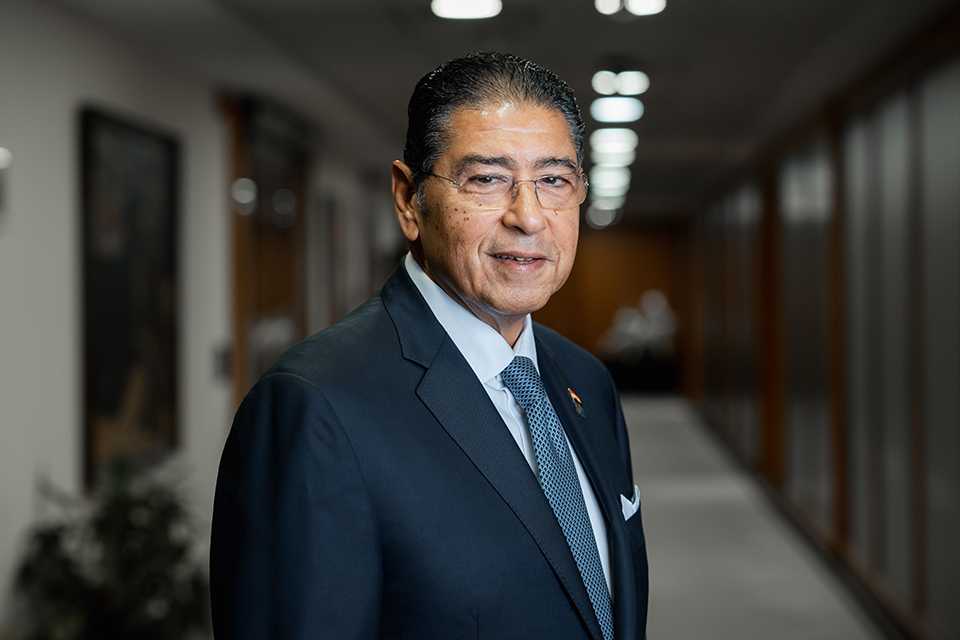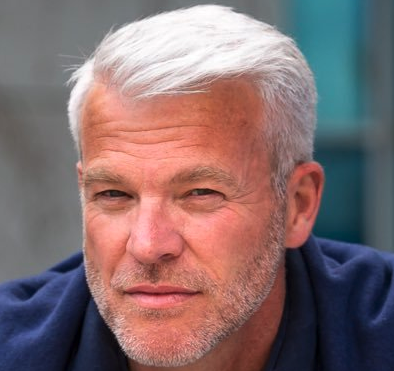 |
The country has already scrapped most of its capital controls this year, and the currency has steadily appreciated against the euro since.
Gisli Hauksson, co-founder and chief executive of Gamma Capital Management in Reykjavík, says: “The króna’s performance this year has definitely come as a surprise to a lot of people, given the rationale for having the capital controls in the first place was actually to keep the currency from falling.”
The remaining restrictions are designed to prevent speculative trading in the króna.
Thanks for your interest in Euromoney!
To unlock this article:



